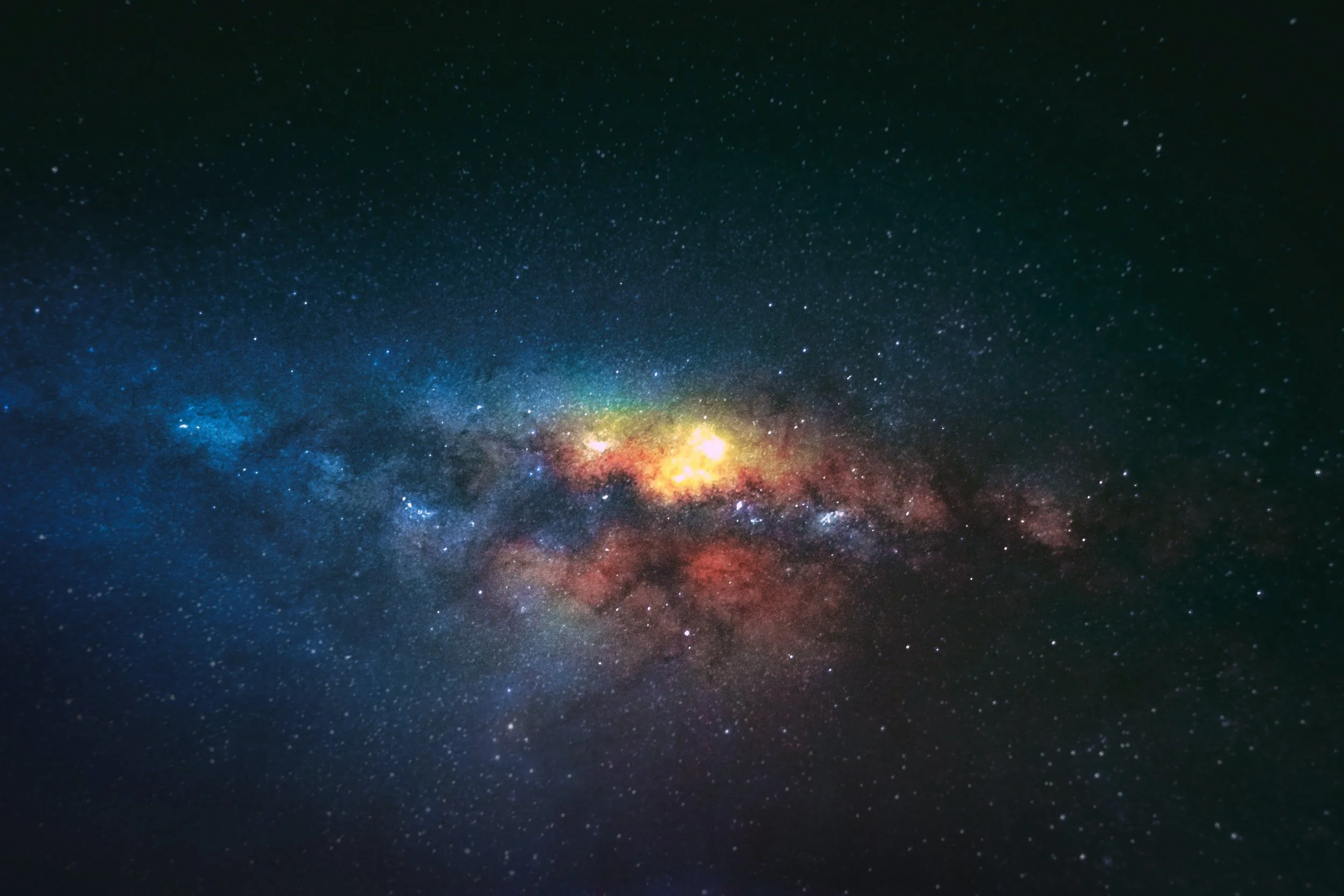
STEM Program
When Astronomy Meets Computer Science: Applying Data Science to Observe and Analyze Stars
Faculty Advisor: Associate Professor, Department of Computer Science, The University of Texas at Austin
Note: This is a special program with 6 more group sessions with the Faculty Advisor and a smaller cohort of only 3 students. Tuition is also different than the regular Group Research Practicum.
Research Program Introduction
Digital sky surveys and real-time telescopic observations unleash an unprecedented flood of information. Astronomers have created new tools to sift through all that data, which could contain answers to some of the greatest questions in cosmology.
In our research project, students will learn to use the observations of short-period variable stars made with the Las Cumbres Observatory telescopes. They will be instructed to plot the light curves of intrinsic variable stars to determine their periods and use published data for these stars to determine any changes in their periods.
Throughout the project, students will be asked to identify the potential scientific value of their work and how it contributes to scholarship in astronomy. They will also learn general and subject-specific research and academic writing methods used in universities and scholarly publications. Upon program completion, students will focus on individual topics and generate individual research papers that can be submitted to reputable student science journals.
Project Topics
Use the observations of short-period variable stars made with the Las Cumbres Observatory telescopes.
Obtain a variable star's light curve (intensity of light versus time) and determine its period. Measure the amplitude of the variation in light intensity.
Use published data of the variable star and determine the period's change (if any).
Use published data and do a time-series analysis to determine the fundamental period and the first and second harmonics.
Determine masses and diameters of radial velocity data for these stars
Project Structure and Details
12 group meetings with Faculty Advisor
3 recorded research method and citation courses
6 meetings 1-on-1 with Teaching Assistant
Thesis writing, revisions, and publication guidance
Cohort size: 3 students
Duration: 12 weeks
Workload: Around 5 hours per week (including class and homework time)
Target students: 9 to 12th graders interested in astronomy, physics, computer science, and/or interdisciplinary STEM fields.
Prerequisites: Students must have a basic foundation in physics, a strong foundation in math, and a strong programming background. Python is preferred, but Java and C++ will be acceptable.
Tuition: $7,600 USD
